We recently celebrated Homecoming in Albert Lea by decorating our Flex doors and dressing up all week, but we used to have bonfires and boat races in the school pool! The way we have celebrated Homecoming has changed a lot over the years, and in the spirit of Tiger pride, I thought it would be fun to talk about the history behind the celebration and how the traditions have changed at ALHS.
Homecoming-like celebrations originated in the 1890s at many historically Black colleges to celebrate returns of alumni, but the first official Homecoming celebration happened at Baylor University in 1909. By the 1930s, Homecoming became common at most American colleges and later spread to high schools by the 50s. Albert Lea has had its own long history of Homecoming celebrations, the first one being in 1934.
For most of Albert Lea’s history, the main attraction of the celebration (besides the football game, of course) was the Homecoming parade. Every homeroom and school club had the chance to create an elaborate float that would roll down Broadway, and the first, second and third place winners for the best floats would win money as a prize. Students got creative with their floats, often depicting the rival football team in comedic ways. Some examples include a gravestone for the rival team, a gigantic cardboard robot and even a fake surgical operation of extracting the rival team’s spirit. Later on, the Homecoming King and Queen would have their own extravagantly-decorated float in the parade too. The parade was stopped sometime in the 2010s but was brought back a few years ago.
The tradition of crowning Homecoming Royalty has existed in Albert Lea since the first Homecoming celebration. Originally, they only crowned a Queen, and the Queen was called a “Football” Queen for a year or two before they changed it to “Homecoming Queen” instead. The Homecoming Queen had what was called a “royal court”, which included four attendants and was usually made up of her friend). A Homecoming King wasn’t added until 1982. In 1963, a Royalty Banquet was added, where students would have dinner with the royalty to celebrate. This dinner tradition has devolved over the years into just a small after-party for solely the royalty and their families after coronation. Arguably the funnest part after the crowning was the “kidnapping” of the royalty by some of the students, and all the other students would have to “find” where the royalty were by using clues provided by KATE Radio. Unfortunately, this ended in 1996 because the school was afraid of liability issues.
Another fun tradition that used to happen were bonfires held in a public park and in the parking lot of Hammer field. This tradition died out in the 70s, and since the 80s has been revived sporadically, albeit as non-school sponsored events in order to avoid, once again, liability issues. Another old tradition from the early years of Homecoming was the snake dance, a dance where people hold hands to form a chain, which was held by the bonfire.
And of course, it wouldn’t be Homecoming without our dress-up days. The themed dress-up days began in the 70s and have been happening ever since! Powderpuff football also started in the 70s, along with painting tiger paws on the streets, while the Homecoming dance began only a few years after the start of the Homecoming celebrations.
And of course, how could we forget the pranks? ALHS students have enjoyed the questionable pastime of toilet papering the trees and spray painting the sidewalks. The school has never been happy about the pranks in question but never seem to fully succeed in curbing the vandalistic enthusiasm of the student body.
While the Homecoming celebrations in Albert Lea have changed over the years, what hasn’t is the drive and school spirit behind it. Every year, students have celebrated our school and showed their support and passion for our athletes. Let’s hope that this fighting spirit remains intact for many years to come. Here’s to hoping we’ve had another successful Homecoming week!
Many thanks to the History Center of Freeborn County for providing the yearbooks and facilities needed to write this article. For more information, visit their website at www.lovehistory.org.

![“This [photo] is basically the same area,” said science teacher Todd Mikkelsen. “So that [the cover photo] was my photo at dusk. Here it is at night time and there’s something jetting up out of the ground. So it’s the same location, different dates, two different cameras picked up an anomaly in the same region.”](https://www.ahlahasa.com/wp-content/uploads/2025/09/Ghost-Cover-1200x901.png)
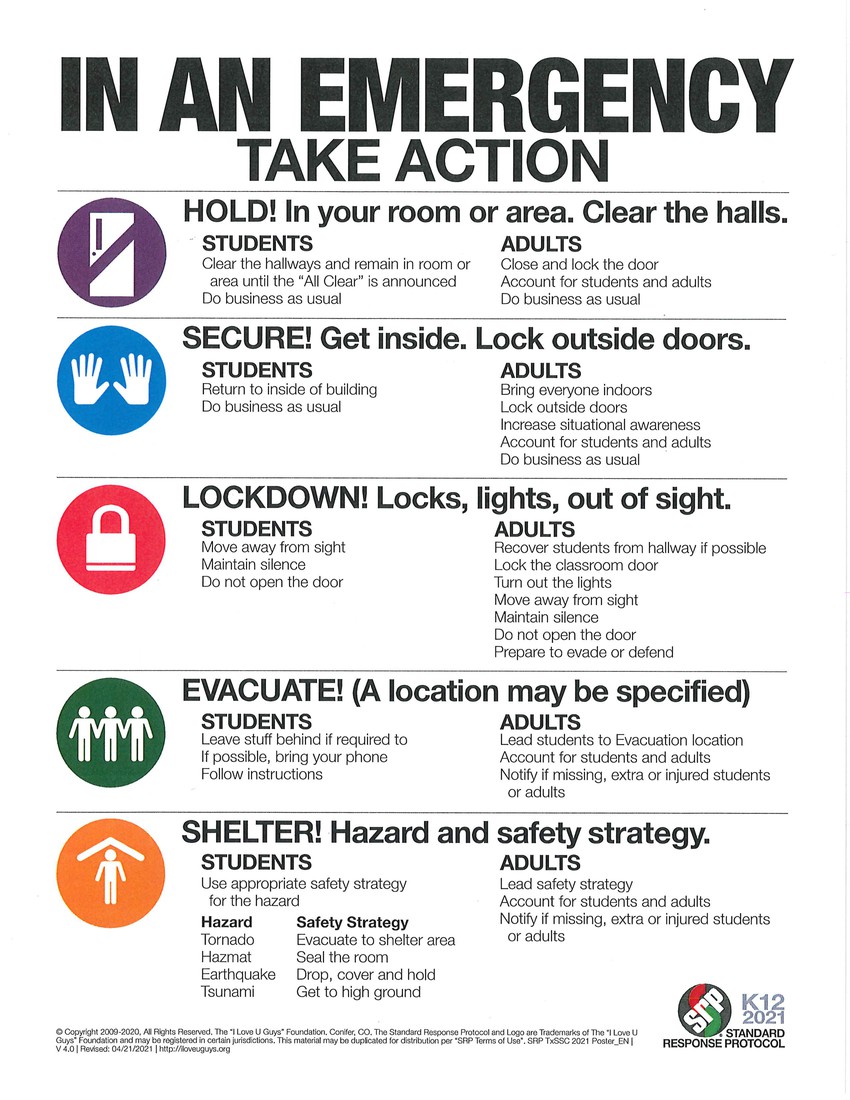
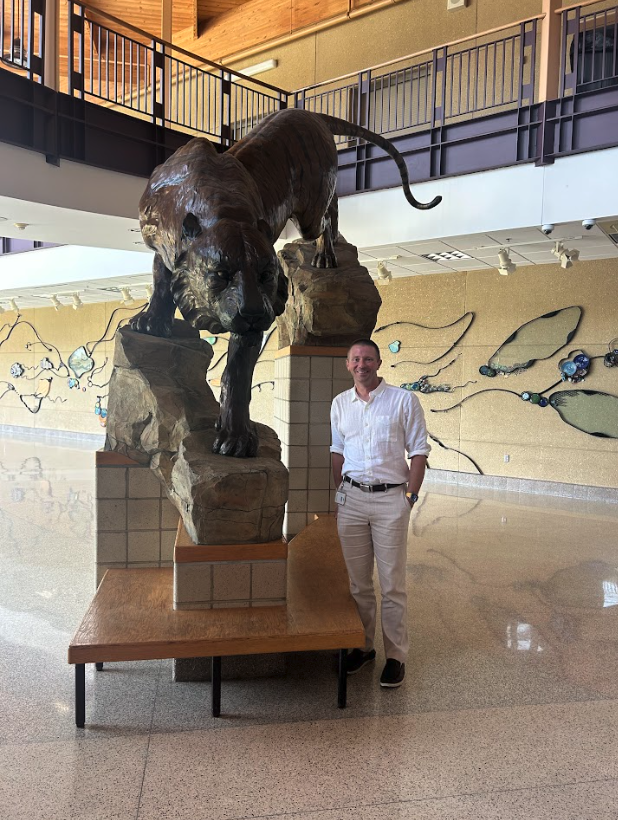

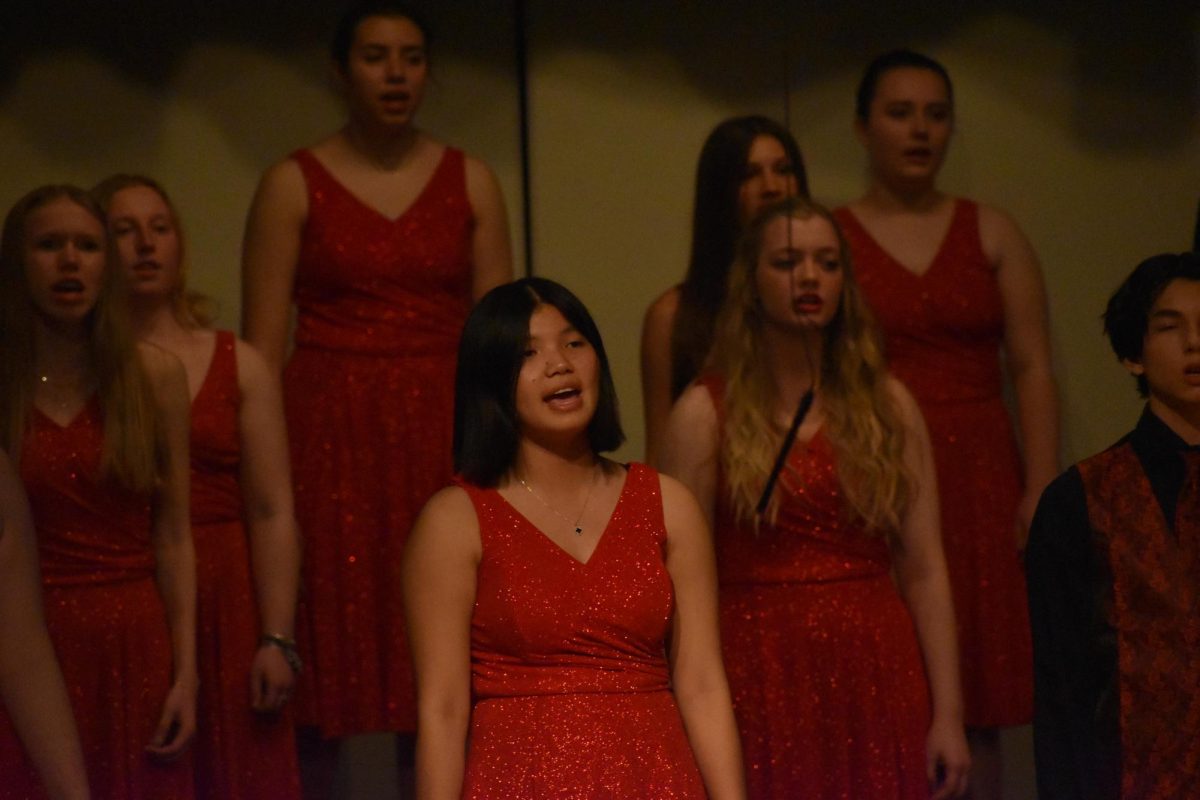
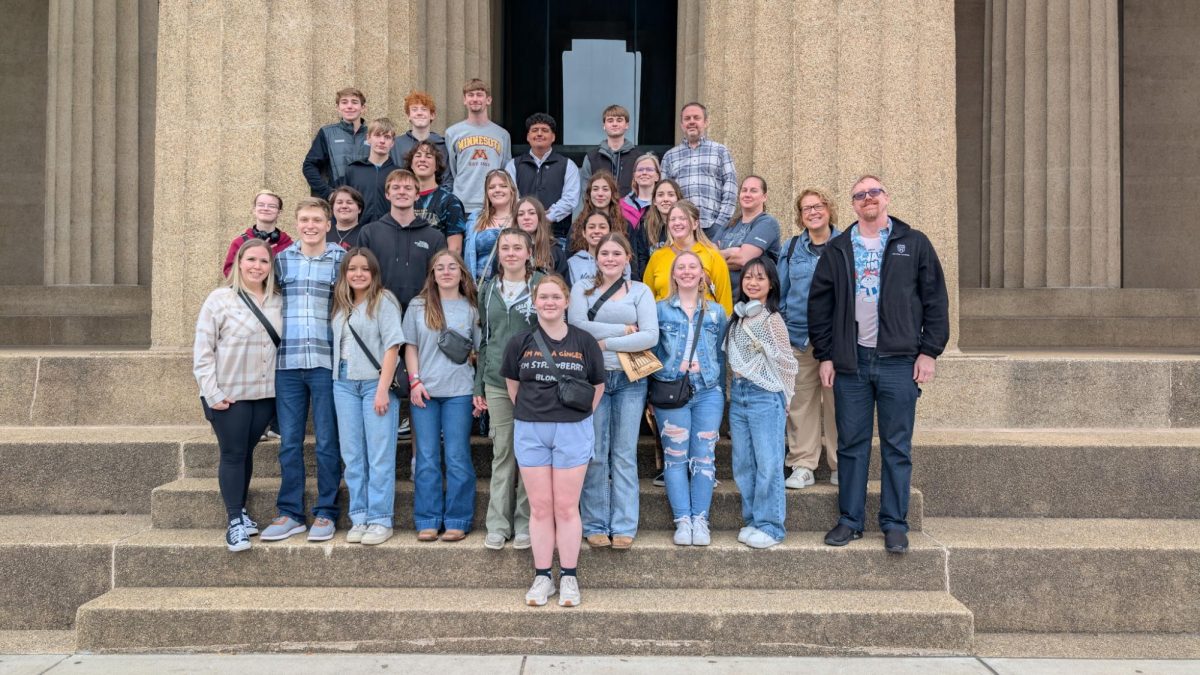

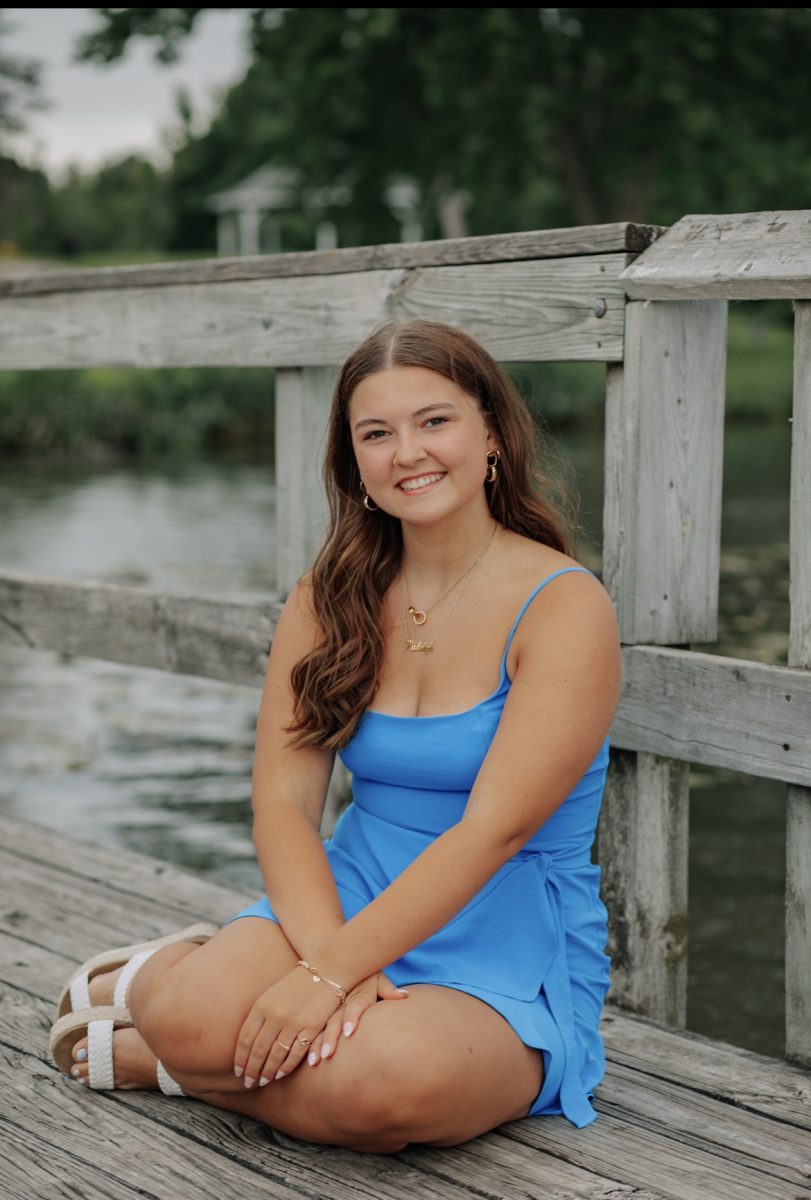
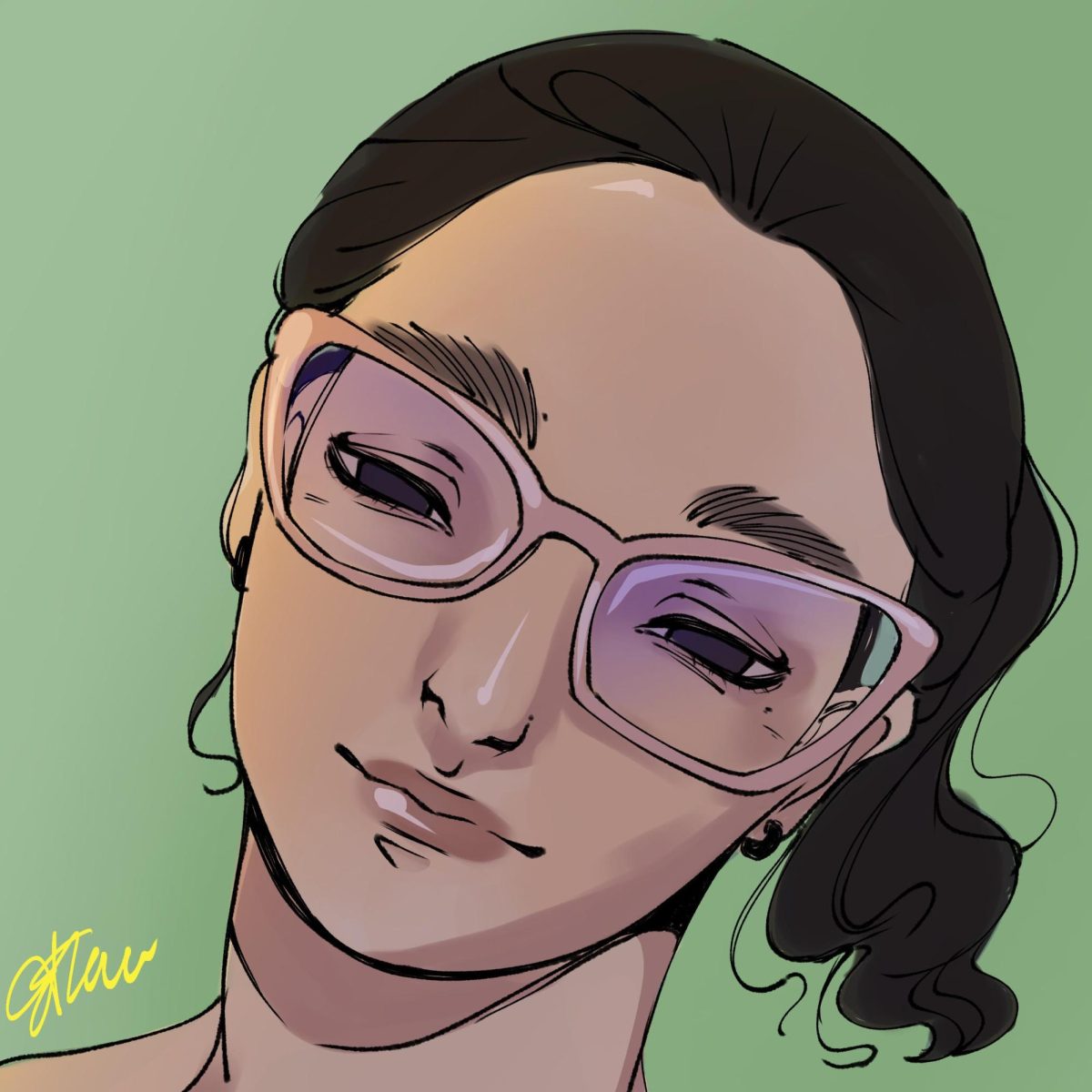
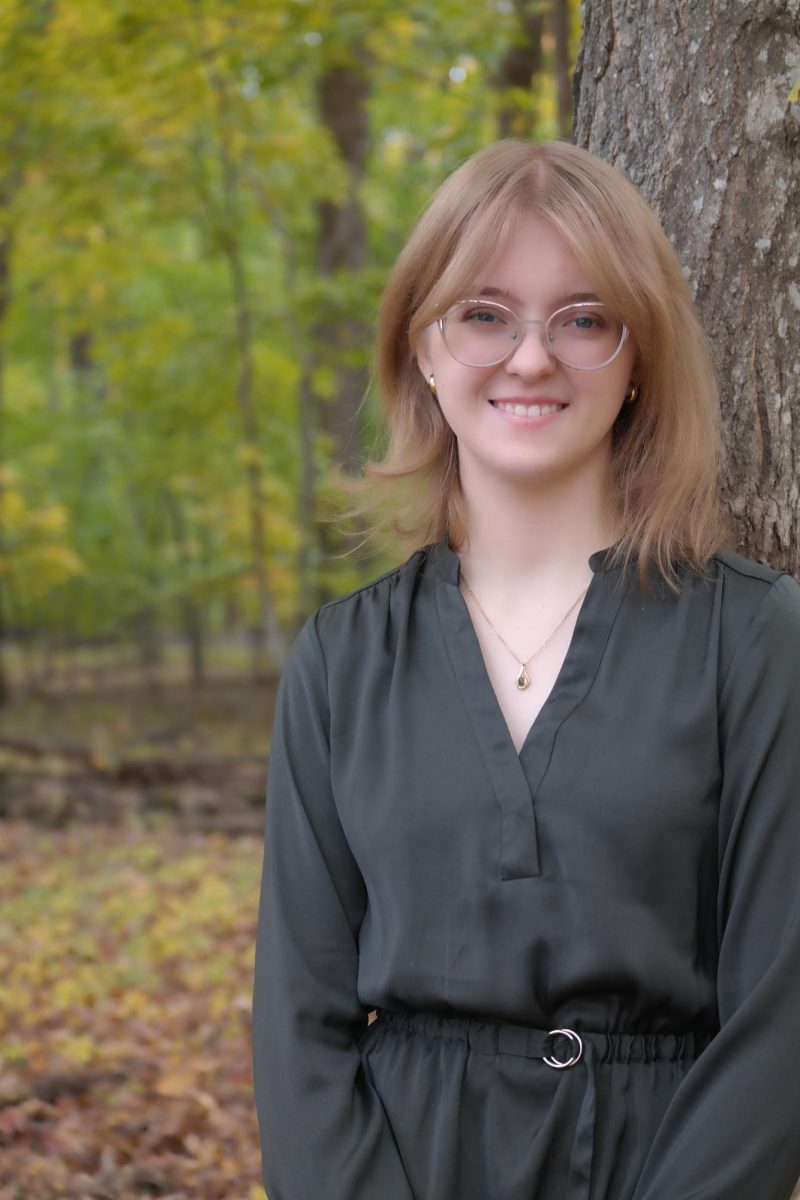
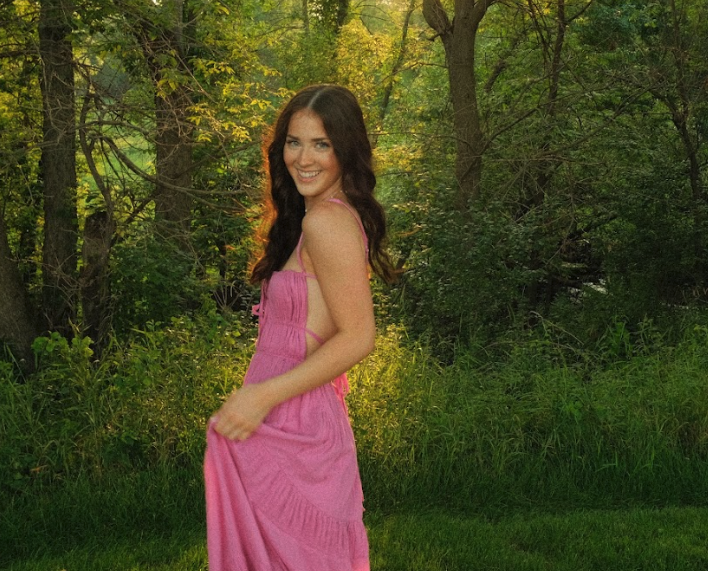
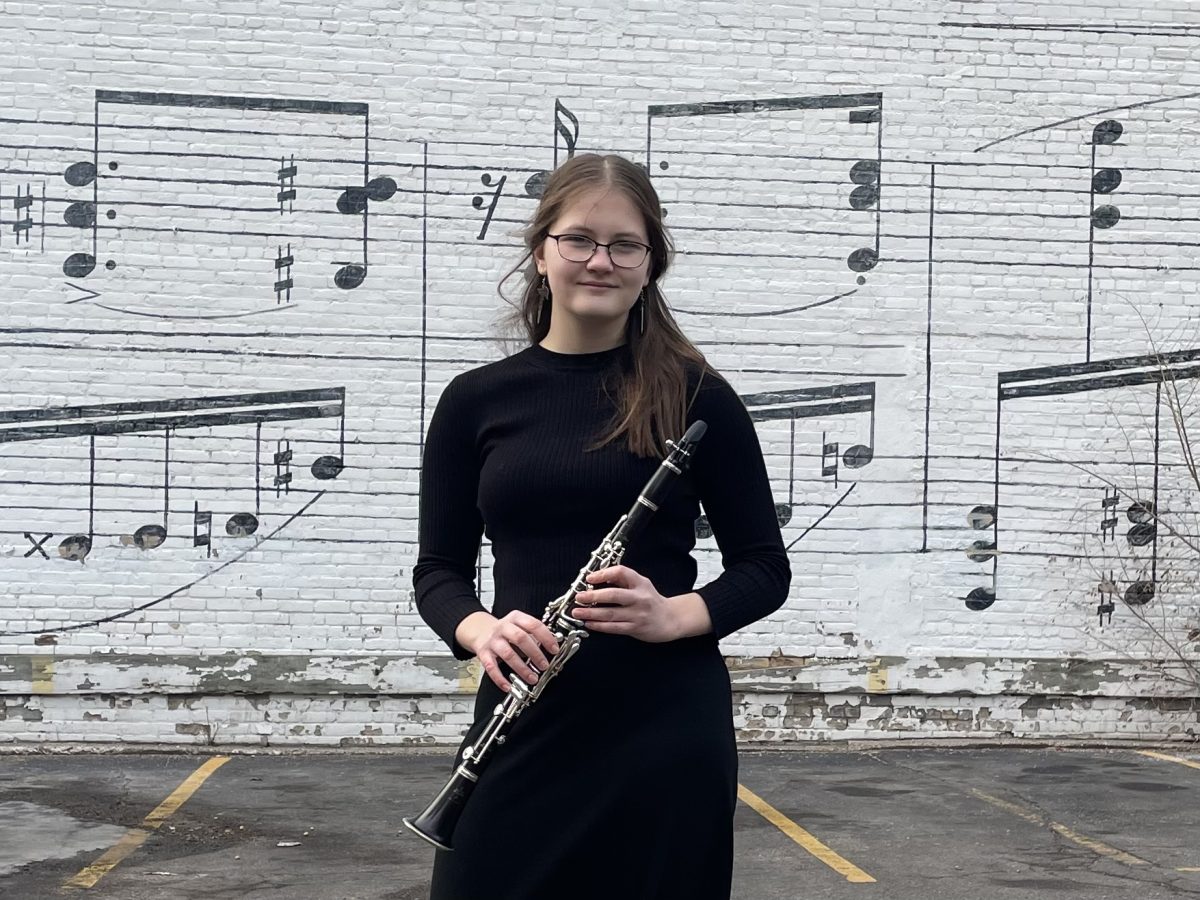
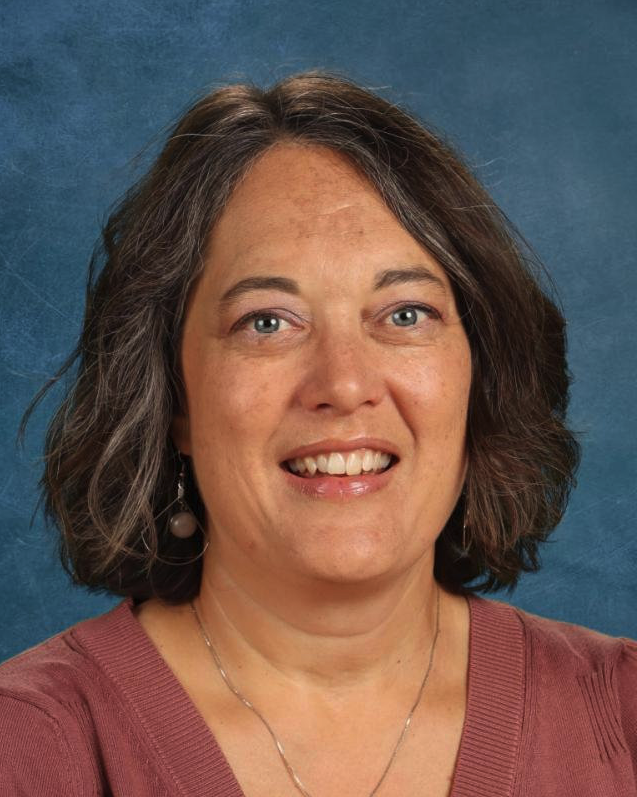

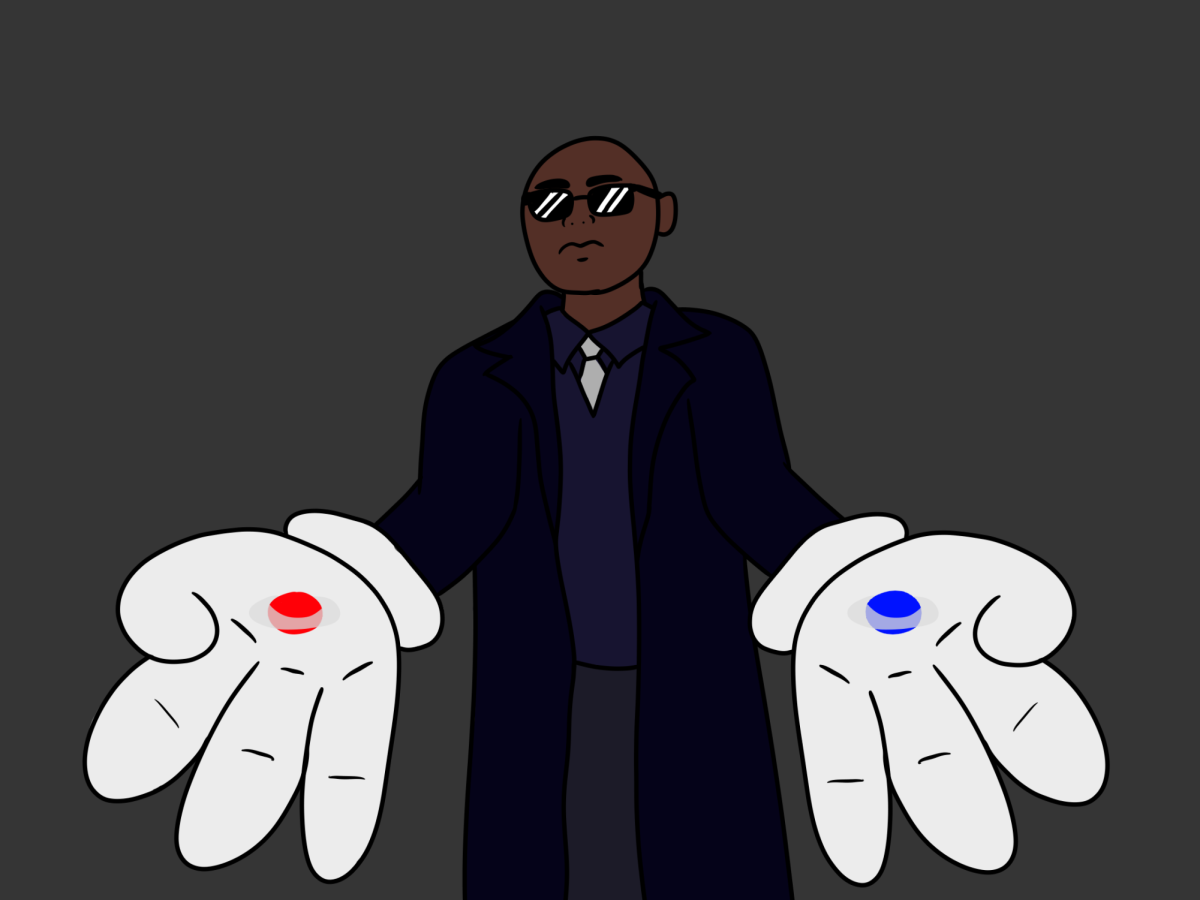
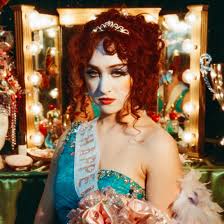
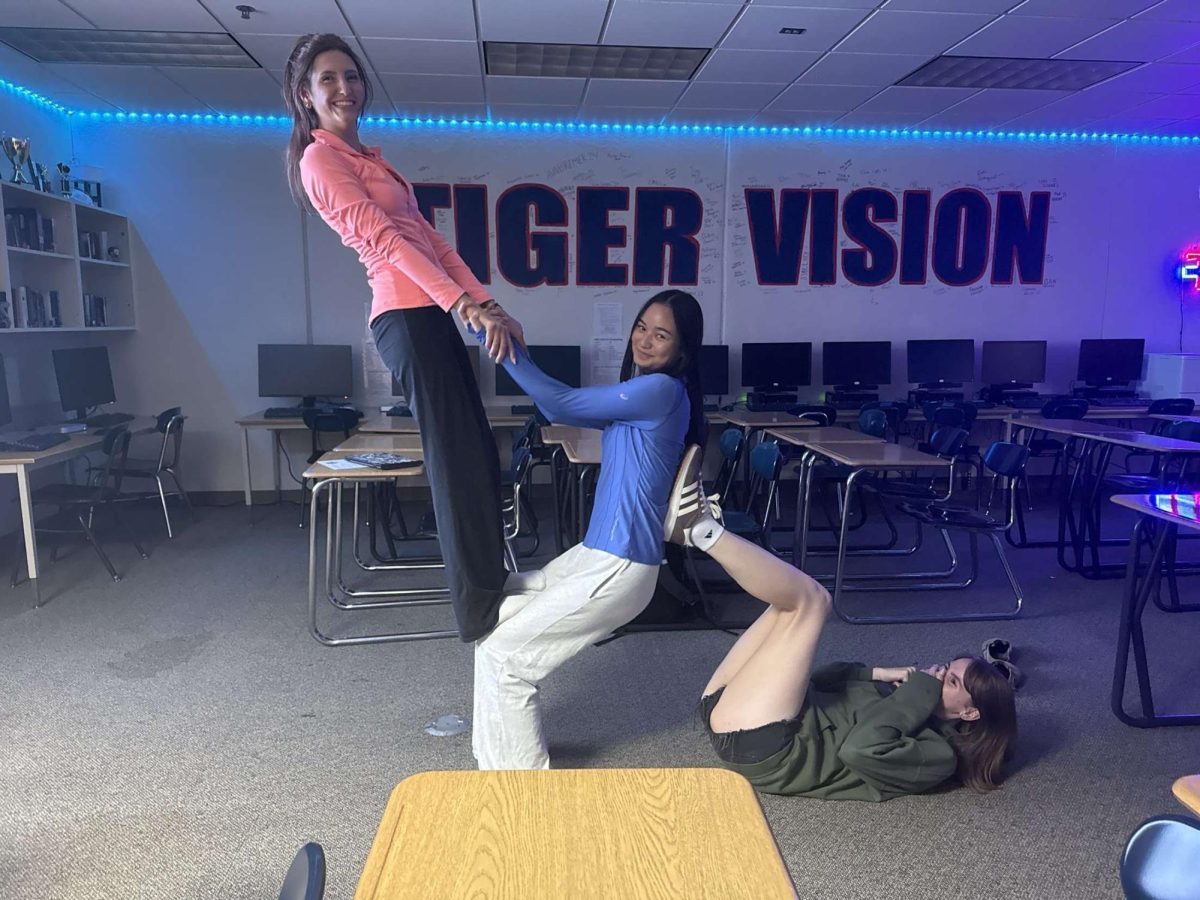
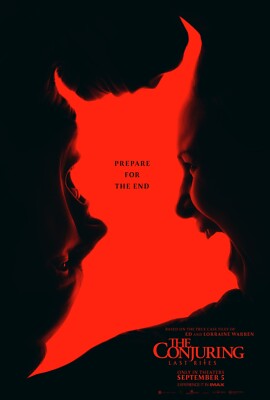
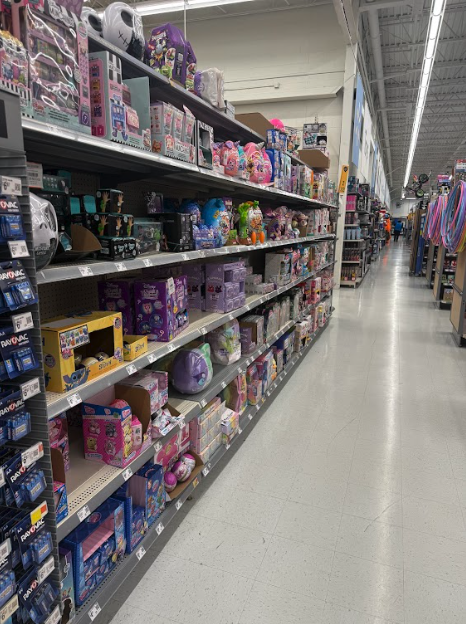
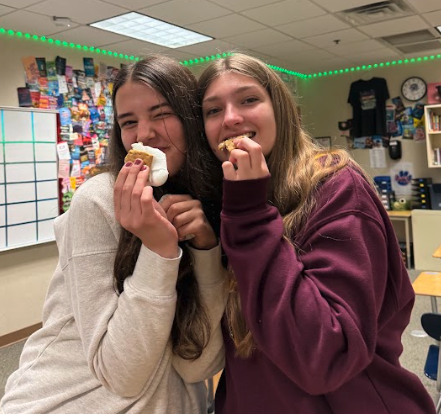

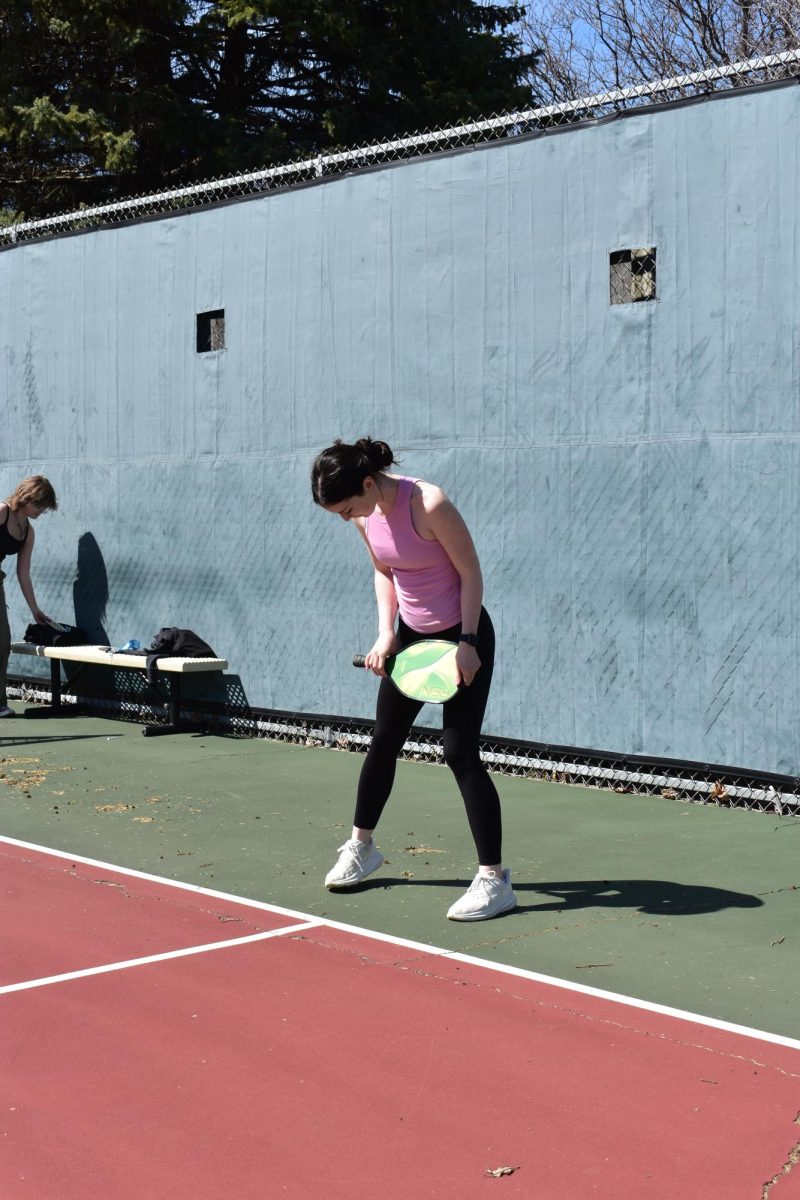

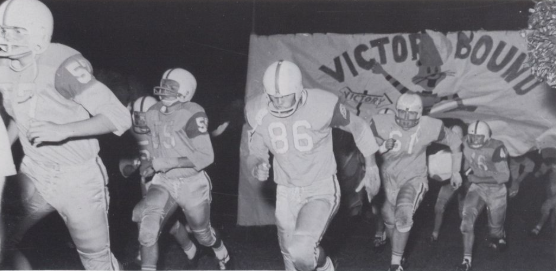
![(1st photo of Homecoming Queen that I could find, 1939, [1940 yearbook])](https://www.ahlahasa.com/wp-content/uploads/2025/10/1st-photo-of-Homecoming-Queen-that-I-could-find-1939-1940-yearbook.png)